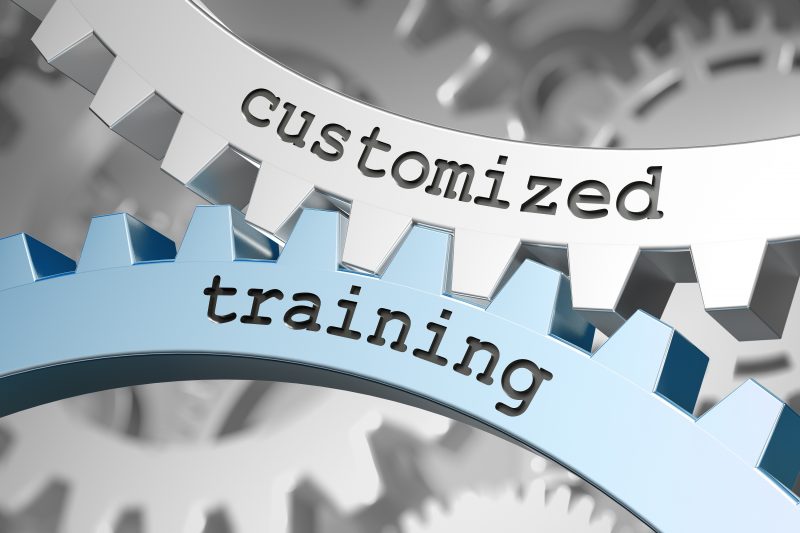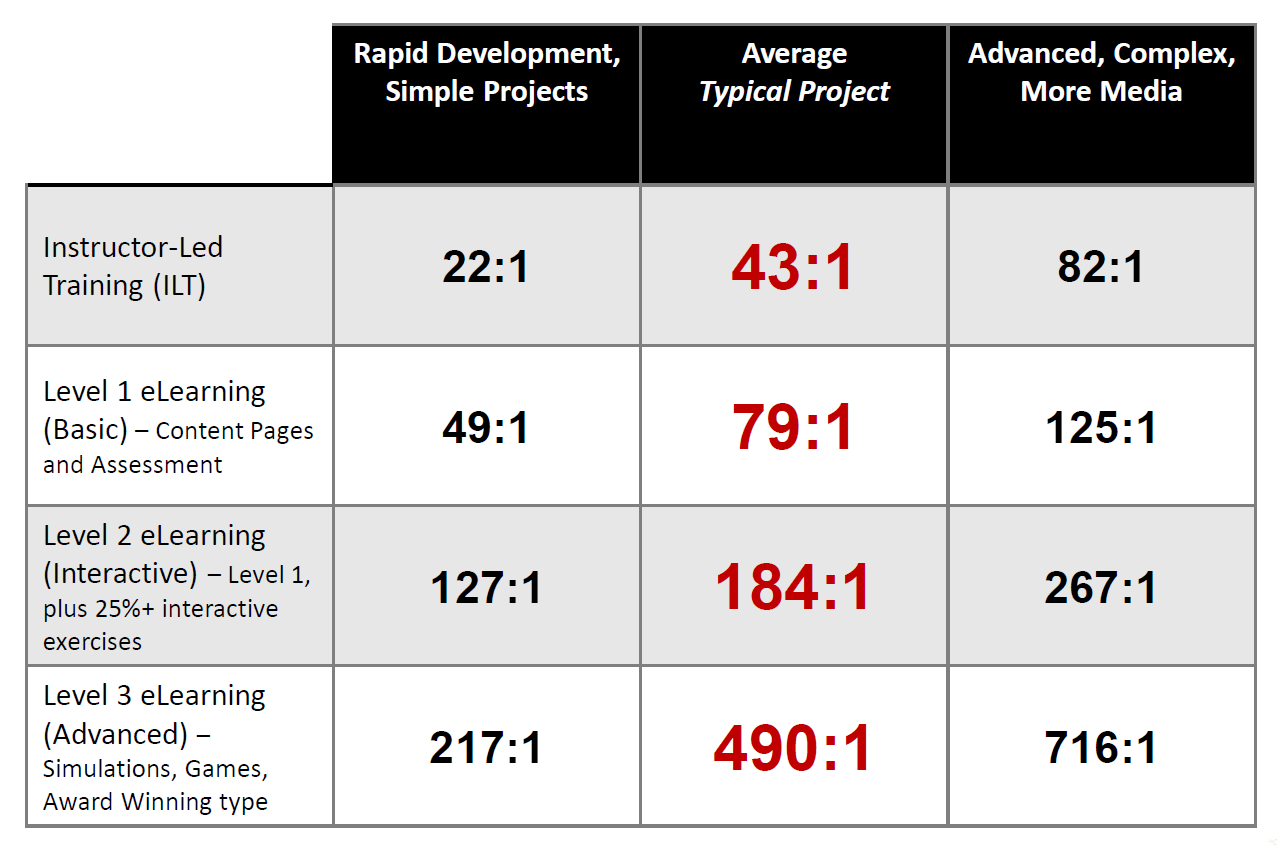
How Long Does It Really Take to Create Quality Training Experiences?
By Carolyn Quainton in Consultancy, Training
Many professionals underestimate just how much time and expertise go into creating impactful training. At Understood, we specialise in high-quality, bespoke trainer development programmes, and we know from experience that effective learning design doesn’t happen overnight.
“Investment in course design can add up to a great deal of time.”
– Elaine Biech, ‘The Art and Science of Training’
Designers often hear the same comments:
➡️ “Why does it take so long to put a course together?”
➡️ “Isn’t it just a matter of pulling some slides together?”
But in reality, crafting engaging, interactive training workshops takes careful planning, detailed diagnostics, and expert facilitation knowledge.
The Process Behind Powerful Training
When we design a course, whether a Train the Trainer certification, coaching and feedback training, or a programme focused on leadership in training delivery, we follow a rigorous, multi-stage process:
🔍 UNDERSTAND Phase: We begin with diagnostic work. This includes interviews, focus groups, stakeholder consultations, and a deep dive into internal data and learner insights.
🧩 Design and Development: We map out the course structure, session flow, key activities, and incorporate creative delivery techniques. We then build detailed session plans and facilitator guides.
📚 Support Materials: We create accompanying resources—handouts, workbooks, and presentation decks—that enrich the learning experience.
✅ Quality Control: We manage the project closely, incorporating stakeholder reviews and feedback. We pilot the training and make refinements before full delivery.
💡 Facilitator Preparation: Our expert facilitators rehearse delivery, practise role-play in trainer development, and sharpen their effective training facilitation skills.
Bryan Chapman, Chief Learning Strategist, from the Chapman Alliance has published extensive research into the time taken to develop different types of learning. Below is a summary of the findings: 
The Real Cost of High-Quality Learning
Bryan Chapman’s research from the Chapman Alliance found that it takes 43 hours of development time for every one hour of instructor-led training, that’s nearly five full working days. If you need a full-day course, you’re looking at a commitment of around 30 resource days.
And that’s just the average. Karl Kapp’s study shows that high-complexity programmes can take up to 185 hours per training hour—especially when high levels of customisation or complex stakeholder input are involved.
Why It’s Worth the Investment
When we build courses, whether fully bespoke or based on our ready-made facilitator training courses—we invest heavily in quality. Our off-the-shelf content is built to save you time and cost, while still offering enough flexibility to meet your learners’ specific needs.
Clients consistently tell us that our training is not only engaging and relevant, but that it leaves their internal facilitators better equipped and more confident. Our approach delivers sustainable impact, driven by skilled facilitation and immersive learning design.
So next time you’re budgeting time for training development, remember: quality learning takes time. But with the right partner, it’s always time well spent.
Talk to us, explore our website, read our blog, and follow us on LinkedIn to learn more and discover ways to grow a more successful business.


